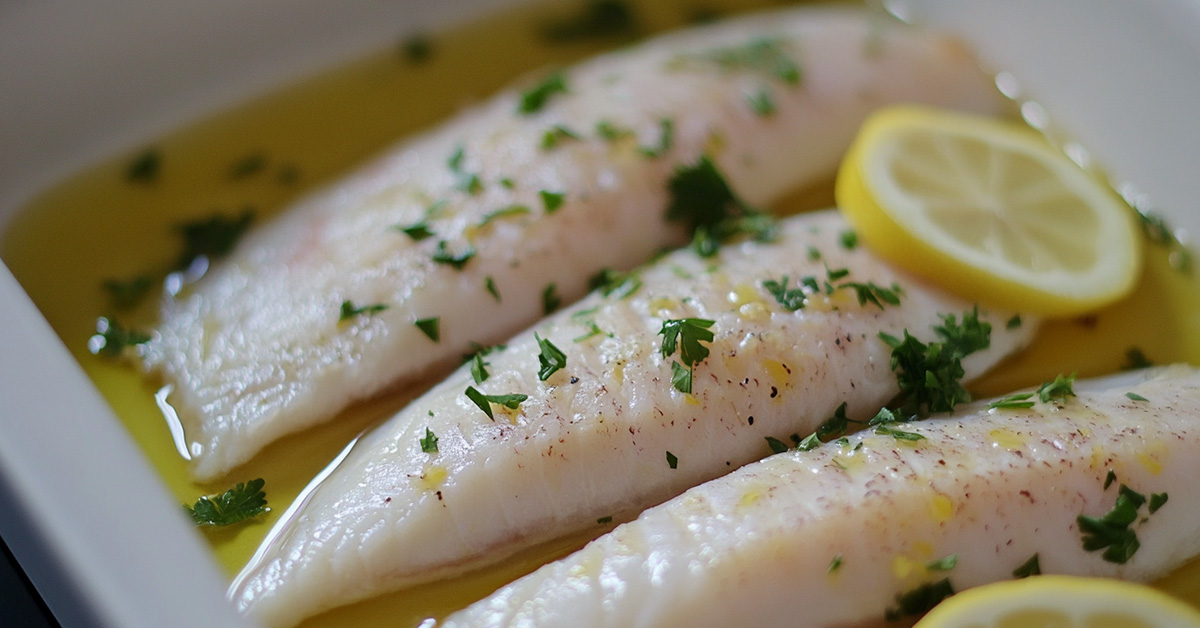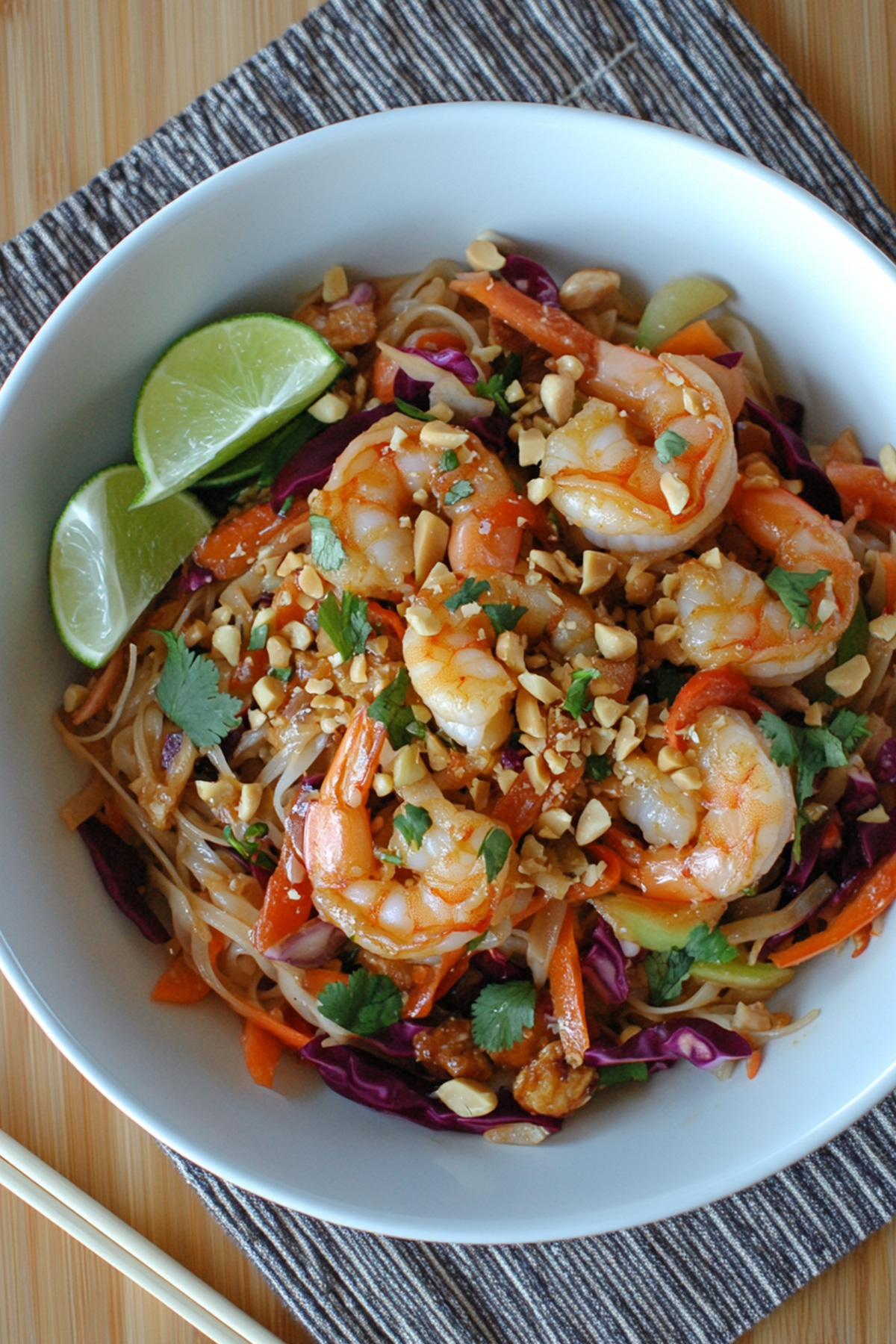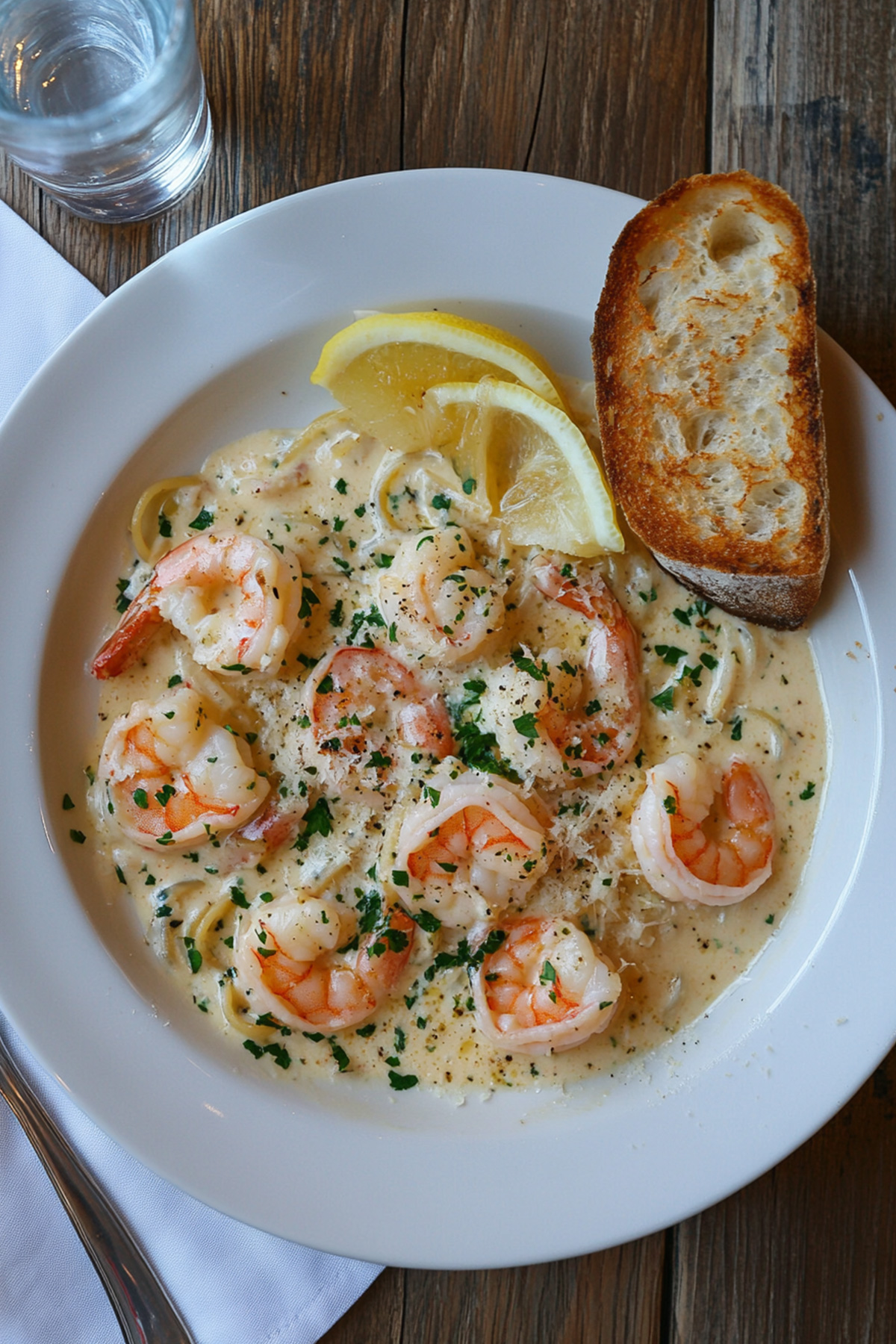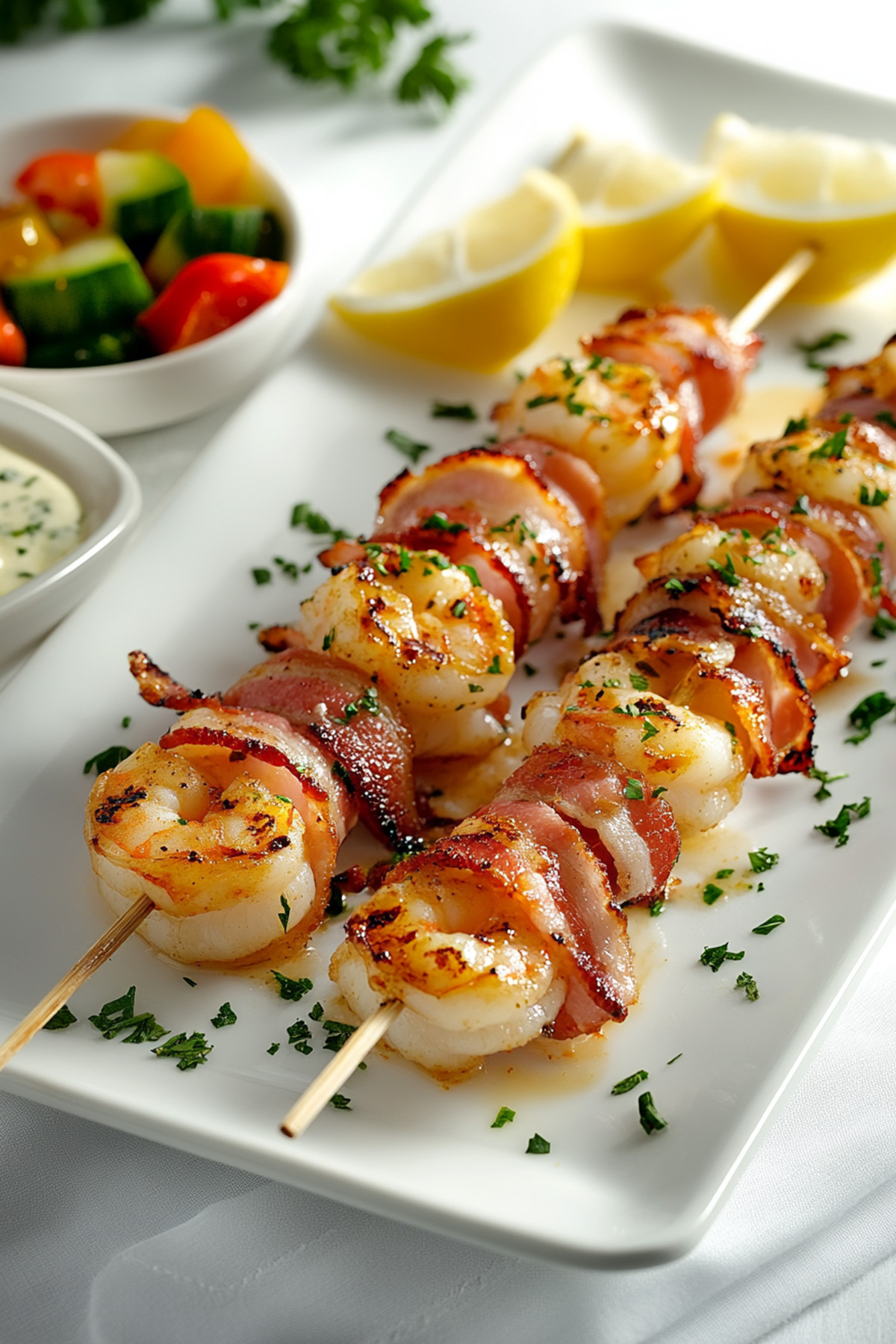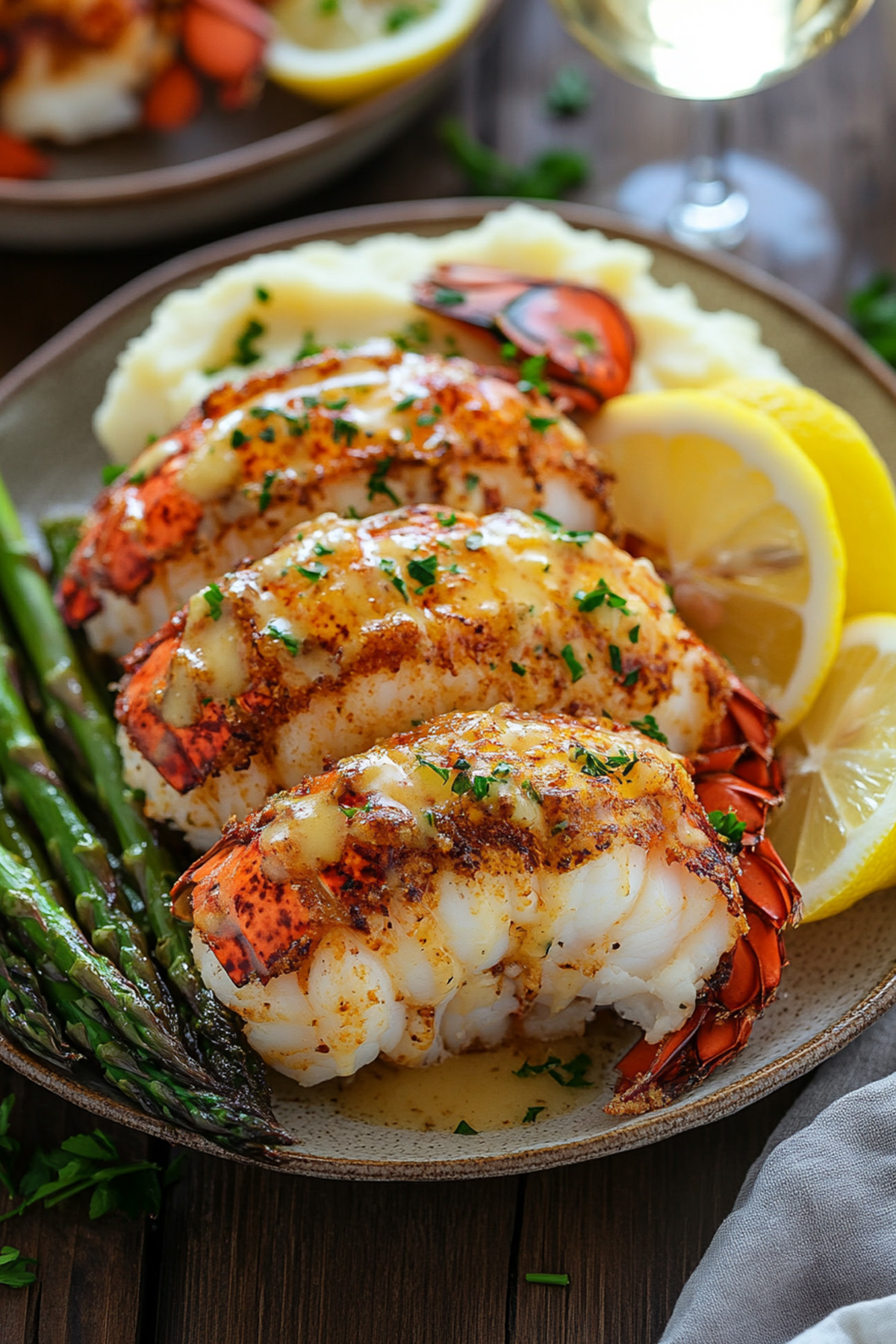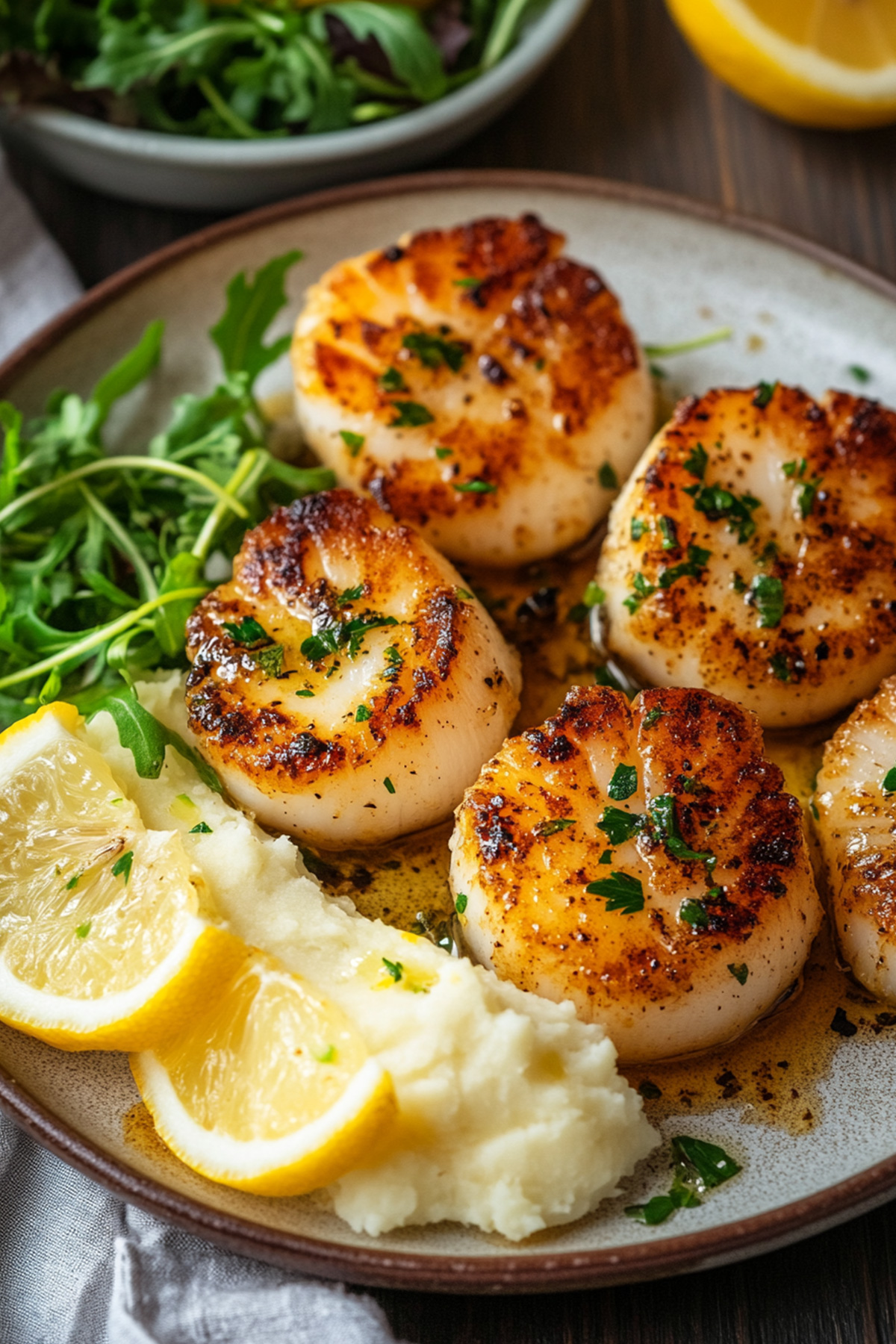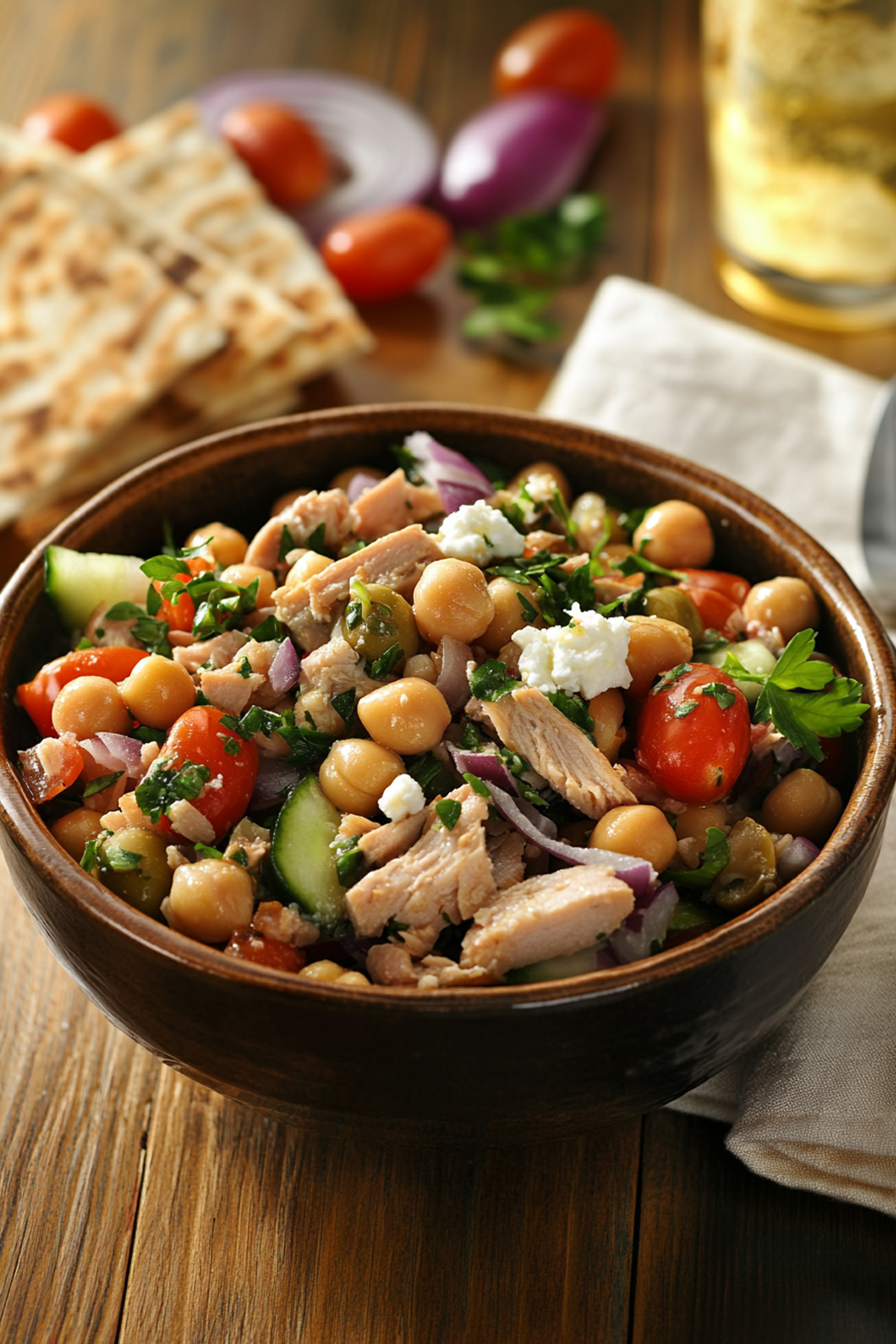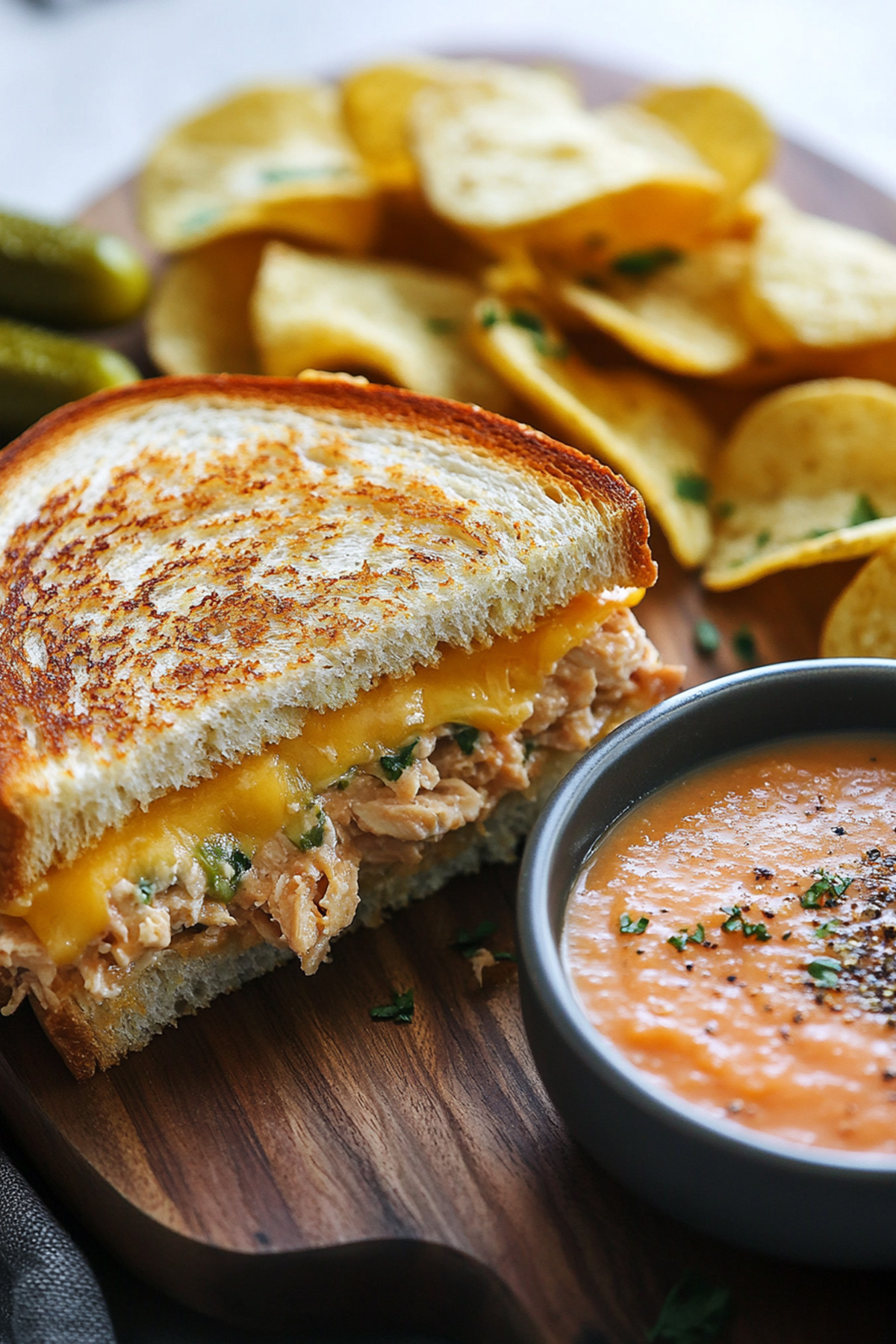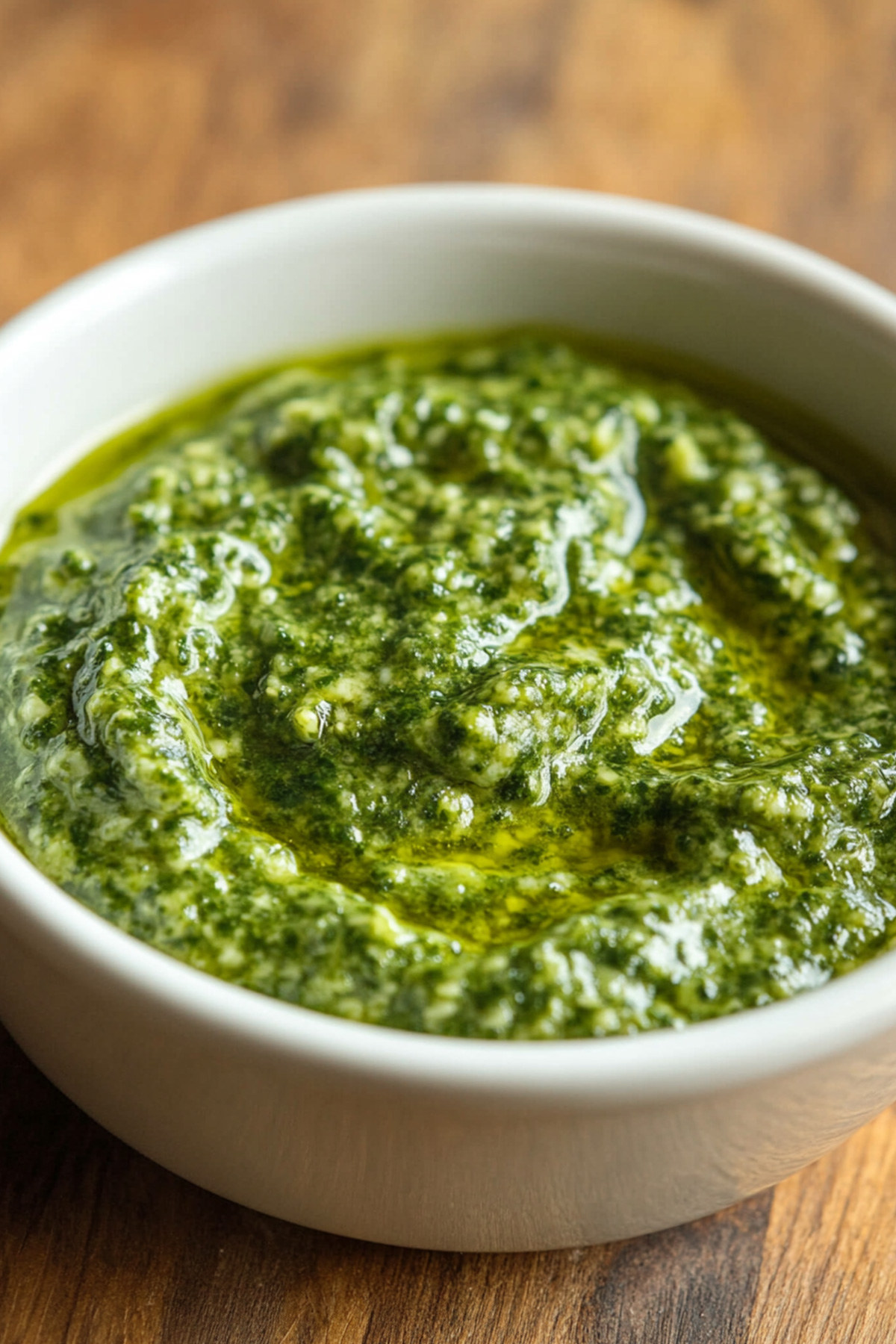Disclosure: As an Amazon Associate and participant in other affiliate programs, we earn from qualifying purchases. We only recommend products we believe will provide value to our readers.
Sole fish is a true gem in the culinary world. Known for its delicate flavor and tender texture, this seafood staple offers a touch of elegance to any meal. Whether enjoyed at a fine dining restaurant or savored in your own kitchen, a perfectly baked sole can transform an ordinary dinner into an extraordinary experience. With just the right techniques, you can harness the full potential of this versatile ingredient, making it a go-to choice for both casual family dinners and special occasions.
But mastering the art of baking sole fish goes beyond choosing quality ingredients; it’s about embracing methodical techniques that elevate your culinary skills. From selecting the freshest fillets at the market to understanding how to balance flavors without overpowering their subtlety, becoming proficient in these areas will not only enhance your dish but also boost your confidence as a home cook. In this article, we’ll guide you through each step with simplicity and clarity, ensuring you can impress anyone who gathers around your table. Let’s dive into the world of baking sole fish and uncover delicious possibilities!
Table of Contents
Choosing the Perfect Sole Fish
Selecting fresh sole fish at the market is an essential first step to achieving a delicious baked dish. Look for fillets that are moist and glistening, with a slightly translucent appearance. The flesh should spring back when pressed lightly, indicating freshness. A mild ocean scent can be a good sign, while any strong fishy odors might suggest that the fish is past its prime. If you’re buying whole fish, check for bright, clear eyes and shiny scales. These attributes not only point to freshness but will also impact the flavor and texture of your final meal.
When it comes to types of sole fish, two popular varieties often featured in recipes are Dover sole and lemon sole. Dover sole is considered the gold standard; it boasts a delicate flavor profile and firm texture, making it versatile for baking with different seasonings or sauces. On the other hand, lemon sole offers a slightly sweeter taste that pairs beautifully with citrus-based marinades. Understanding these differences can help you choose which type of sole best fits your cooking style and desired flavors.
It’s also important to familiarize yourself with seafood labeling terms like “wild-caught” versus “farm-raised.” Wild-caught sole generally tends to have more robust flavors due to their natural diet in open waters as opposed to farm-raised varieties which may have milder tastes due to controlled diets in aquaculture environments. However, both options can be sustainable if sourced responsibly; look for certifications such as those from the Marine Stewardship Council (MSC) or the Aquaculture Stewardship Council (ASC). Making informed choices not only ensures that you’re serving up quality meals but also encourages environmentally conscious dining habits.
Why Bake Sole Fish?
Baking sole fish is a culinary technique that offers several compelling advantages compared to methods like frying or grilling. For one, baking allows the fish to cook evenly without the need for excessive fats and oils, which can often mask the delicate taste of seafood. When you bake sole fish, it becomes enveloped in its own moisture, resulting in a tender texture that perfectly showcases the gentle flavors inherent in this mild fish. This method also enables any seasonings or marinades you use to permeate throughout the flesh rather than being lost in a frying pan or over an open flame.
Additionally, when you bake sole fish at controlled temperatures, you preserve more of its natural nutrients. Unlike frying—which can diminish the beneficial properties due to high heat and added oils—baking keeps much of the key nutrients intact. Sole fish is rich in lean protein, Omega-3 fatty acids, and essential vitamins; while some cooking styles might damage these health benefits, baking ensures they remain as intact as possible so you enjoy both deliciousness and wholesomeness on your plate.
The subtlety of baked sole allows for versatility and creativity with flavor pairings. Think of it this way: when you grill or fry fish, there’s a tendency for charred flavors to dominate your palate. In contrast, baked sole acts almost as a blank canvas—not only does it let vibrant herbs and zestful citruses shine through but it harmonizes beautifully with light dressings or unadulterated butter that can enhance the dish without overwhelming it. It provides home cooks with freedom to experiment while ensuring that the core essence of this beautiful seafood shines through.
In summary, opting for baked sole fish not only promises a tender texture and rich taste but also encapsulates nutritional integrity—what could be better? The method offers simplicity while fostering sophistication in your dining experience as well as leaving plenty of room for creative expression that elevates any meal quite nicely!
Essential Kitchen Tools for Baking Sole Fish
To bake sole fish to perfection, having the right kitchen tools on hand is essential. First and foremost, you’ll need a high-quality baking dish. Glass or ceramic dishes are excellent choices as they provide even heat distribution and help maintain moisture within the cooking environment. A shallow baking dish is ideal for sole fish since it allows the heat to circulate effectively around the delicate fillets, preventing them from becoming soggy while ensuring an evenly cooked texture. Additionally, some home cooks prefer using a cast-iron skillet for its ability to retain heat well—perfect for achieving that delightful finish.
In addition to your baking dish, it’s important to equip yourself with appropriate utensils designed specifically for handling seafood. A sturdy fish spatula is invaluable when working with sole due to its angled design that allows you to easily slide underneath delicate fillets without breaking them apart. Pair this with a set of good quality tongs that provide a secure grip so you can turn or remove the fish safely from the oven skillet when it’s ready.
Moreover, keeping your sole fish flavorful and moist during the baking process can be greatly enhanced with additional tools such as a basting brush and parchment paper. Using a basting brush lets you apply marinades or olive oil evenly across the fillets, which not only adds flavor but also helps prevent drying out in the oven. Parchment paper serves as an excellent lining at the bottom of your baking dish; it provides easy cleanup while also helping keep moisture locked in—the key element for tender and juicy baked fish.
By investing in these essential kitchen tools, you’ll find that preparing sole fish becomes an accessible and enjoyable experience! With every tool in place—from your trusty baking dish to those specialized utensils—you’ll be well on your way to mastering this elegant culinary technique that highlights all the wonderful flavors of fresh seafood.
If you’re interested in Grilling Fish, read our article about Grilling Tips and Techniques
Prepping Your Sole Fish: Techniques Before Baking
Preparing sole fish for baking is a crucial step that not only enhances the final flavor but also ensures it cooks evenly and beautifully. If you’re new to cleaning and filleting fish, don’t worry—it’s easier than it sounds. To start, rinse the sole under cold water to remove any surface debris. Then, using a sharp knife, make a clean cut behind the gills down to the backbone on both sides; this will allow you to separate the fillet from the rib cage. For beginners, watching tutorials online while practicing can be immensely helpful, so consider seeking out video demonstrations if you’re unsure at first!
Once you’ve filleted your sole fish, it’s time to season! Sole has a mild flavor that pairs well with a range of spices and herbs. A simple mixture of salt, pepper, lemon juice, and olive oil can elevate your dish without overpowering it. You might also want to try adding paprika or garlic powder for an extra kick. Remember to season both sides thoroughly; this will create a lovely balance as the flavors are absorbed during baking. For an even bolder taste experience, consider marinating your fillets in a blend of Dijon mustard and fresh dill for about 30 minutes before cooking.
Next up are aromatics—adding these ingredients can significantly enhance your baked sole’s flavor profile. Fresh herbs like parsley or tarragon work wonderfully when sprinkled over the fish before it goes into the oven. Citrus fruits such as lemon or orange slices not only brighten up the plate but infuse subtle notes into the fish during cooking. Placing thinly sliced lemons right on top of your seasoned sole invites moisture and acidity while preventing drying out during baking—a win-win!
Remember that each ingredient you add should harmonize with the delicate nature of sole fish rather than overpower it. With these prep steps—all focusing on vibrant seasoning and aromatic enhancement—you’ll set yourself up for a delightful culinary experience that highlights one of seafood’s finest offerings!
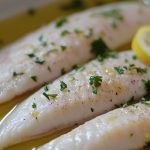
How to Bake Sole Fish
- Total Time: 25 minutes
Description
Baking sole fish is a simple and healthy way to enjoy a light, flavorful meal. Sole is known for its delicate texture and mild taste, making it a perfect option for baking. With just a few fresh ingredients and minimal preparation, you can create a delicious dish that’s both elegant and satisfying. Here’s everything you need to make baked sole fish at home.
Before you begin, make sure you have all the necessary ingredients on hand. This recipe is easy to follow and requires only a few key items to enhance the natural flavor of the sole fish.
Ingredients
- 2 sole fish fillets
- 2 tablespoons olive oil
- 1 lemon (sliced)
- 2 cloves garlic (minced)
- Salt and pepper to taste
- Fresh parsley (for garnish)
Instructions
- Preheat Oven: Preheat your oven to 400°F (200°C).
- Prepare Baking Dish: Grease a baking dish with 1 tablespoon of olive oil.
- Season Fish: Place the sole fillets in the dish. Drizzle with the remaining olive oil, then sprinkle minced garlic, salt, and pepper over them.
- Add Lemon Slices: Lay lemon slices on top of each fillet for added flavor.
- Bake: Bake in the preheated oven for about 15-20 minutes or until the fish flakes easily with a fork.
- Garnish and Serve: Remove from the oven, garnish with fresh parsley, and serve warm.
Notes
- This easy recipe is perfect for a quick weeknight dinner or a special occasion.
- The lemon and garlic enhance the fish’s mild flavor without overpowering it, and the simple preparation allows the natural taste of the sole to shine.
- Prep Time: 5 minutes
- Cook Time: 20 minutes
- Category: Seafood
- Method: Baking
Mastering Temperature Control in Baking Sole Fish
Achieving the perfect bake begins with understanding oven temperature, as it directly affects your sole fish’s final outcome. Ideally, you’ll want to preheat your oven to 375°F (190°C), which provides an optimal environment for cooking delicate fish like sole. At this temperature, the heat is even enough to gently cook the fish while preserving its moisture and tenderness. If your oven runs hot or cold—a common issue—using an oven thermometer can help ensure accuracy. Remember, precision is key when baking fish; undercooked sole can be unappetizingly raw, while overcooked sole can become dry and tough.
To truly master temperature control, an instant-read thermometer will become your best friend in the kitchen. When baking sole fish, aim for an internal temperature of about 145°F (63°C). This indicates that the fish is fully cooked without compromising its natural delicacy. Simply insert the thermometer into the thickest part of the fillet after a recommended bake time has elapsed, allowing you to verify doneness accurately. This step helps reduce guesswork and anxiety around cooking times and ensures that each piece turns out just right.
You may find that different types or thicknesses of sole require slight adjustments in cooking time. For example, a thicker Dover sole steak may need about 20 minutes in the oven, whereas thinner lemon sole fillets could be perfectly done within 12-15 minutes. Keep a close eye on your dish as it approaches the lower end of these timing ranges and use visual cues as well—the translucent flesh should turn opaque when it’s ready to come out of the oven. By paying attention to both cooking time and temperature control based on size and type variations, you’ll consistently serve up deliciously baked sole every time!
Nutritional Benefits of Sole Fish
Sole fish is not only a culinary delight but also a powerhouse of nutrition. One of its most significant attributes is its rich content of lean protein, making it an excellent choice for those looking to maintain or build muscle without excess fat. A single serving of sole can provide around 20 grams of protein while remaining relatively low in calories. This makes it an ideal option for anyone aiming to adopt healthier eating habits without sacrificing flavor or satisfaction. [source]
Additionally, sole fish is abundant in Omega-3 fatty acids, essential fats that our bodies cannot produce on their own. These healthy fats are known for their heart health benefits, including reducing inflammation and lowering the risk of cardiovascular diseases. Incorporating baked sole into your diet can contribute to improved brain function and overall well-being, making it a smart addition to both heart-healthy and general wellness-oriented meal plans. [source]
Moreover, sole fish is a great source of various vitamins and minerals, such as vitamin B12, selenium, and phosphorus. Vitamin B12 plays a crucial role in maintaining nerve function and producing red blood cells, while selenium acts as an antioxidant that helps protect cells from damage. Phosphorus contributes to bone health and energy production – so you’re not just enjoying a delicious meal but also nourishing your body with vital nutrients.
With its light flavor profile and nutritious appeal, baking sole enhances these benefits further by avoiding the unhealthy oils often used in frying. When you bake this delicate fish with minimal added ingredients like herbs or citrus zest, you preserve its natural flavors while keeping it healthy. Choosing baked sole over more calorie-dense preparations can help support weight management efforts without compromising taste—making it easier than ever to incorporate wholesome seafood into your dietary routine. [source]
Enhancing Flavor with Marinades and Toppings
One of the delightful aspects of cooking sole fish is the flexibility you have to enhance its natural flavor through various marinades and toppings. A simple marinade can elevate your dish, adding a layer of complexity without overpowering the delicate taste of the fish. For instance, a mixture of olive oil, fresh lemon juice, minced garlic, and a sprinkle of dill creates a bright flavor profile that perfectly complements sole. Alternatively, consider using soy sauce, ginger, and sesame oil for an Asian twist; just remember to marinate for only about 15-30 minutes to prevent the fish from becoming too salty.
When it comes to toppings, think about textures and flavors that will complement rather than compete with your sole fish. One popular option is breadcrumbs mixed with herbs and parmesan cheese. Simply toast the breadcrumbs in olive oil or butter until golden brown before mixing in fresh parsley or oregano along with shredded cheese—then sprinkle this blend over the fish before baking for a crunchy contrast. You could also try topping your baked sole with sliced almonds toasted in garlic butter for an aromatic nutty finish.
Balancing flavors is key to ensuring that your enhancements do not overwhelm the subtle taste of sole fish. Remember that less is often more; choose one or two toppings or marinades instead of piling on different ingredients. For example, if you’re opting for a herbed breadcrumb topping, consider skipping heavy sauces like cream that may mask the elegant flavors inherent in your dish. Instead, serve alongside a light citrus vinaigrette as a drizzle on top after baking to refresh and brighten each bite without dominating it.
By thoughtfully selecting marinades and toppings that highlight rather than hide the inherent beauty of baked sole fish, you’ll create an enticing dish sure to impress both yourself and anyone lucky enough to share it with you. With these enhancements carefully considered, you’re well on your way to crafting mouthwatering meals filled with flavor while showcasing nature’s delicious bounty.
Common Mistakes to Avoid When Baking Sole Fish
Baking sole fish can be simple and rewarding, but it’s essential to avoid a few common pitfalls that could ruin your culinary masterpiece. One of the biggest mistakes home cooks make is overcooking or undercooking the fish. Sole is a delicate fish with a subtle flavor, and achieving that perfect flaky texture requires careful monitoring.
A general rule of thumb is to bake the fish for about 10 minutes per inch of thickness at 350°F. If you notice that the fish has turned opaque and flakes easily with a fork, it’s likely done. Using an instant-read thermometer can also help; aim for an internal temperature of about 145°F. Remember, if you’re in doubt, it’s better to slightly undercook than overdo it—you can always return it to the oven for a bit more time.
Another common slip-up occurs when misusing ingredients, particularly seasonings and toppings. While marinades and breading can enhance flavors, they must complement—not overpower—the natural taste of the sole. For instance, using too much salt in your marinade might result in a fish that’s overly seasoned instead of highlighting its delicate flavors. Keep it simple! Fresh herbs such as dill or parsley provide just enough kick without masking the sole’s subtlety. Furthermore, opting for toppings like crushed garlic breadcrumbs should be done judiciously—adding them generously may rob your dish of its intended elegance.
Lastly, don’t overlook resting time post-baking; this step can make all the difference in enjoying well-cooked sole fish. After taking your filets out of the oven, let them sit covered for about five minutes before serving. This brief period allows juices to redistribute throughout the flesh, enhancing moisture and flavor without creating a dry bite. Skipping this step often results in disappointing texture—a mistake even experienced cooks may fall prey to when they’re eager to serve their meals immediately.
By being mindful of these aspects during preparation and cooking, you’ll elevate your baked sole fish from merely acceptable to truly exceptional. Allow yourself (and your guests) to fully savor each mouthful by avoiding these common mistakes while navigating through this delightful seafood dish!
Serving Suggestions for a Stunning Presentation
Presentation can elevate any dish from ordinary to extraordinary, especially when it comes to baked sole fish. Begin by focusing on simple yet effective plating techniques. A clean white plate makes the delicate, flaky fish stand out beautifully against its surroundings. Consider placing the sole slightly off-center to create an asymmetrical look that’s visually appealing. For added height and texture, stack some of your accompanying sides, like sautéed asparagus or creamy mashed potatoes, beside the fish. Drizzling a homemade sauce or infused oil around the edge of the plate not only enhances flavor but creates an artistic presentation that will impress your guests.
Choosing complementary sides is crucial in creating a well-rounded meal that enhances your baked sole fish without overshadowing it. Light and fresh vegetables are ideal partners; think of roasted cherry tomatoes or seasonal greens tossed with olive oil and lemon juice. A simple side salad featuring arugula, radishes, and citrus segments can add both color and brightness to your dish while providing refreshing contrast to the rich flavors of the sole. If you wish for something heartier, creamy risotto flavored with dill or a light pasta tossed in garlic and herbs seamlessly pairs with this elegant seafood offering.
When it comes to garnishing your plated dish, fresh herbs and colorful vegetables play an essential role in bringing vibrancy to the table. A sprinkle of finely chopped parsley or chives not only adds a burst of color but also contributes freshness that complements the natural flavors of sole fish. You might also consider thinly sliced radishes or cucumber ribbons artistically placed around the dish for visual appeal—these add crunch and an eye-catching element without overwhelming the palate. Fresh lemon wedges served alongside can be both functional—as they allow diners to brighten their meals with citrus—and decorative when arranged neatly on the plate.
Incorporate these tips into your presentation routine, and you’ll find that serving baked sole fish can become an enjoyable part of your culinary process. With thoughtful plating techniques, carefully chosen side dishes, and attractive garnishing options at your disposal, you’ll not only delight in cooking but also get rave reviews from family and friends who appreciate aesthetic dining experiences as much as they do flavorful ones!
Final Thoughts on Baking Sole Fish
Baking sole fish is a delightful way to enjoy this delicate seafood. By mastering the essential tools and techniques outlined in this guide, you can create a perfectly baked dish that highlights the fish’s natural flavors. Remember to pay attention to your ingredients, cooking time, and temperature for optimal results.
Don’t be afraid to get creative! Experimenting with different marinades, toppings, and side dishes can elevate your culinary experience. Each attempt will help you refine your skills and discover new favorites. So gather your ingredients, preheat that oven, and dive into the wonderful world of baking sole fish!

